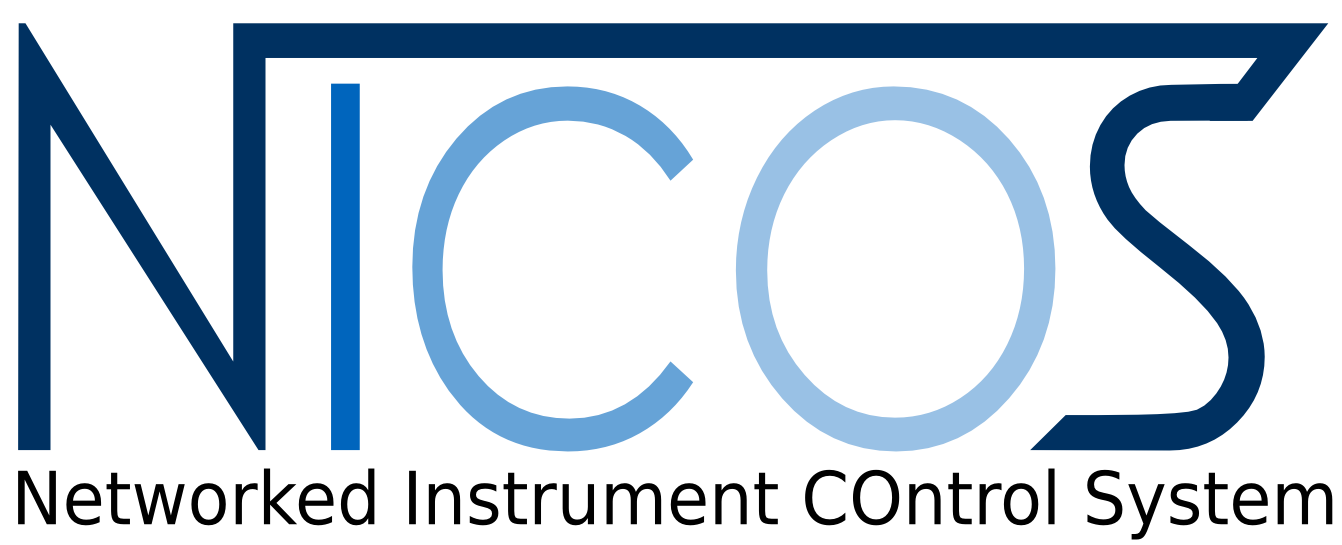MLZ is a cooperation between:
 > Technische Universität München
> Technische Universität München > Helmholtz-Zentrum Hereon
> Helmholtz-Zentrum Hereon
 > Forschungszentrum Jülich
> Forschungszentrum Jülich
MLZ is a member of:
 > LENS
> LENS > ERF-AISBL
> ERF-AISBL
MLZ on social media:

MLZ (eng)
Lichtenbergstr.1
85748 Garching
PANDA
Cold three axes spectrometer

This instrument is focussed on cold neutrons. Therefore, please carefully check the “Technical data WITHOUT cold source” section. Deviating parameters are in bold. The instrument team is happy to answer any further questions!
The cold three axes spectrometer (TAS) PANDA is located at the beam tube SR-2. With a neutron guide element in the beam tube, a short distance from the neutron source to the monochromator, and double-focussing monochromators and analysers, a high neutron flux is achieved. Furthermore the instrument is optimised for a low background. The multi-detector option BAMBUS, providing 100 q-ΔE-channels simultaneously, is currently under commissioning.
Next to the normal properties of a cold TAS, the range of possible energy transfers overlaps with a thermal three axes spectrometer. Specifically for thermal neutrons, a double focussing Cu-111 monochromator and a Si-111 monochromator (vertically fixed, horizontal adjustable focus) are available. Set-ups with high Q-resolution or polarised neutrons are also possible. The sample environment is up to date and offers high magnetic fields and low temperatures.
The conducted experiments comprise e.g. the investigation of spin waves, crystal field excitations, phonons, excitations of low dimensional systems, quasielastic scattering and diffraction with energy resolution. The achieved results often contributed decisively to the exploration of unconventional superconductivity, magnetically frustrated systems and magnetism in low-dimensional systems. Furthermore, they deliver new insights in the research of lattice dynamics or material sciences.
- Spin-waves, magnetic excitations in frustrated, topological und low-dimensional systems
- Crystal field excitations
- Excitations in low-dimensional systems
- Magnetic vs nuclear scattering
- Phonon dispersion
- Magneto-elastic coupling
- Polarisations vectors
- Critical scattering at phase transitions
- Magnon – phonon interaction
- Soft mode
- Central peak
- Diffraction with analyser:
- dE close to 0
- High E & Q resolution
- Extremely low background
The sample table of PANDA allows for a variety of sample environments and may easily be adapted to user-specific devices.
Among others, PANDA offers routinely operated sample environment for:- Available temperature range: 50 mK (dilution insert, see below) up to more than 1300 K (high-temperature furnace)
- Maximal vertical magnetic field: 12 T
- Available cryostats:
- Closed cycle cryostat: 3.5 K < T < 300 K
- 3He insert: 450 mK < T < 300 K
- Dilution insert: 50 mK < T < 6 K
- ADR-cryostat: 300 mK < T < 300 K
- PG(002) (d = 3.355 Å)
- 1.5 Å-1 < ki < 4.0 Å-1
- Variable horizontal and vertical focussing
- Cu111 (d = 2.08 Å)
- 1.8 Å-1 < ki < 7 Å-1
- Variable horizontal and vertical focussing
- Si111 (d = 3.13 Å)
- 1.5 Å-1 < ki < 5 Å-1
- Fixed vertical and variable horizontal focussing
- Heusler (d = 3.35 Å, polarised neutrons)
- 1.5 Å-1 < ki < 4.0 Å-1
- Variable vertical focussing
- PG(002)
- -130° < 2ΘA < 100°
- 1.05 Å-1 < kf
- Variable horizontal focussing
- Heusler (polarised neutrons)
- -130° < 2ΘA < 100°
- 1.05 Å-1 < kf
- Variable horizontal focussing
- 1” ³He tube (focussing mode)
- 2” ³He tube (collimated mode))
- Scattering angle at the sample: 5°< 2ΘS < 125° (moveable beam-stop)
- Energy transfer: up to 35 meV (depending on ki)
- Momentum transfers: up to Q = 7 Å-1 (depending on ki)
- PG (l = 60 mm): kf = 2.57 Å-1 or 2.662 Å-1
- Be (closed-cycle cryostat, T ≤ 45 K): kf ≤ 1.55 Å-1
- BeO (liq.-N2 cooled): kf ≤ 1.33 Å-1
- PG(002) (d = 3.355 Å)
- 1.05 Å-1 < ki < 4.0 Å-1
- Variable horizontal and vertical focussing
- Cu111 (d = 2.08 Å)
- 1.8 Å-1 < ki < 7 Å-1
- Variable horizontal and vertical focussing
- Si111 (d = 3.13 Å)
- 1.2 Å-1 < ki < 5 Å-1
- Fixed vertical and variable horizontal focussing
- Heusler (d = 3.35 Å, polarised neutrons)
- 1.1 Å-1 < ki < 4.0 Å-1
- Variable vertical focussing
- PG(002)
- -130° < 2ΘA < 100°
- 1.05 Å-1< kf
- Variable horizontal focussing
- Heusler (polarised neutrons)
- -130° < 2ΘA < 100°
- 1.05 Å-1 < kf
- Variable horizontal focussing
- 1” ³He tube (focussing mode)
- 2” ³He tube (collimated mode)
- Scattering angle at the sample: 5°< 2ΘS < 125° (moveable beam-stop)
- Energy transfer: up to 18 meV (depending on ki)
- Momentum transfers : up to Q = 7 Å-1 (depending on ki)
- PG (l = 60 mm): kf = 2.57 Å-1 or 2.662 Å-1
- Be (closed-cycle cryostat, T ≤ 45 K): kf ≤ 1.55 Å-1
- BeO (liq.-N2 cooled): kf ≤ 1.33 Å-1
Instrument scientist
Dr. Astrid Schneidewind
Phone: +49 (0)89 158860-749
E-mail: a.schneidewind@fz-juelich.de
Dr. Lukas Beddrich
Telefon: +49 (0)89 158860-769
E-Mail: l.beddrich@fz-juelich.de
PANDA
Phone: +49 (0)89 158860-517
Operated by


Funding

Publications
Find the latest publications regarding PANDA in our publication database iMPULSE:
Citation templates for users
In all publications based on experiments on this instrument, you must provide some acknowledgements. To make your work easier, we have prepared all the necessary templates for you on this page.
Instrument control
Gallery






MLZ is a cooperation between:
 > Technische Universität München
> Technische Universität München > Helmholtz-Zentrum Hereon
> Helmholtz-Zentrum Hereon
 > Forschungszentrum Jülich
> Forschungszentrum Jülich
MLZ is a member of:
 > LENS
> LENS > ERF-AISBL
> ERF-AISBL
MLZ on social media:





